Please support Game Informer. Print magazine subscriptions are less than $2 per issue
Five Games That Did Motion Control Right
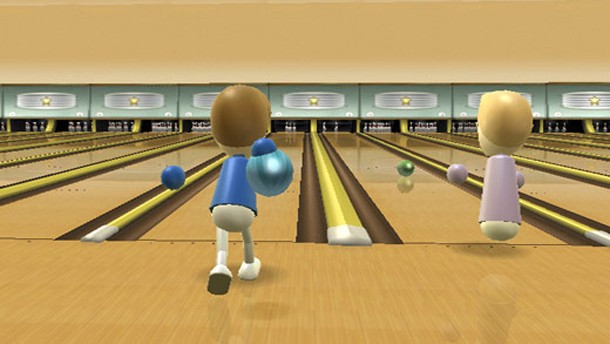
After the immediate success of the Nintendo Wii, the industry was seemingly obsessed with motion control for a few brief years. Sony immediately shoehorned motion control into the Sixaxis, and later introduced the Move controller. Microsoft introduced their own version of motion control in the form of Kinect. Everyone wanted a piece of the casual crowd that had flocked to the flashy yet shallow appeal of many Wii titles. Many (OK, most) failed, but a select few managed to incorporate motion controls in a manner that made sense and actually enhanced the gameplay. Here are five that stand out in particular.
Wii Sports (Wii)
This Wii pack-in title did more to bring motion control to gamers than any other game in history. Simple, fun bowling and tennis minigames were played everywhere from retirement homes to junior high sleepovers to late nights in college after the bars closed. By focusing on basic movements like swinging a baseball bat or rolling a ball, Wii Sports did an excellent job of highlighting the possibilities for motion-controlled fun while simultaneously hiding the inherent weaknesses of the Wii remote. Without this game coming in the box for the Wii, it’s hard to say if the console would have seen the amazing sales numbers that it did.
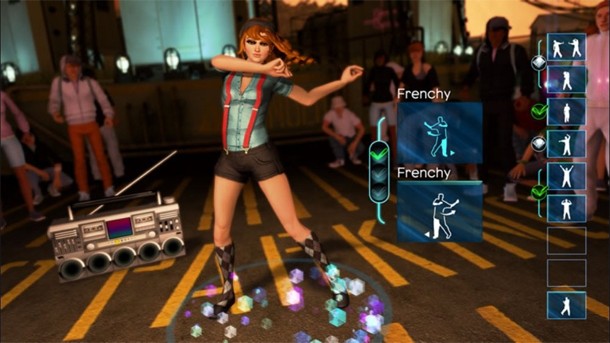
Dance Central (Xbox 360)
For all the hype that Microsoft poured into the Kinect peripheral pre-release, it launched alongside a collection of laggy, boring games. While almost all of them featured awful controls, one Harmonix title stood out. Dance Central seemed to have the technology down, with everything from the UI to the dancing working as intended. Even three years after Kinect’s initial launch, this dancing series remains one of the only responsive experiences released for the device.
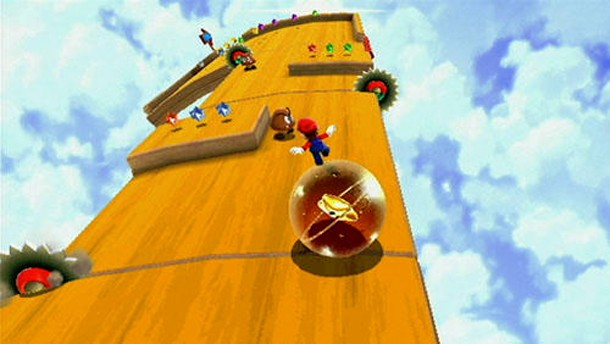
Super Mario Galaxy (Wii)
The bulk of Nintendo’s fantastic 2008 platformer was controlled with standard Wii remote and nunchuk controls, but it would occasionally require some movement from the player. A few stages required the player to place the remote upright like a joystick and tilt it to guide Mario as he balances on a ball or rides a stingray. These stages controlled well, and never felt like they were frequent enough to become annoying.
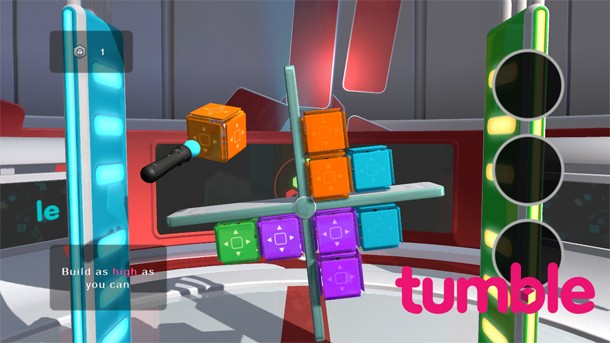
Tumble (PS3)
Playstation’s Move controllers had very few dedicated games, but one downloadable title made great use of them. Like a reverse Jenga, Tumble had players facing off against each other to build a tower using blocks without knocking it down. When you’re tasked with gingerly placing blocks on top of a wobbly tower, the Move controllers perform admirably in a situation that requires precise control.
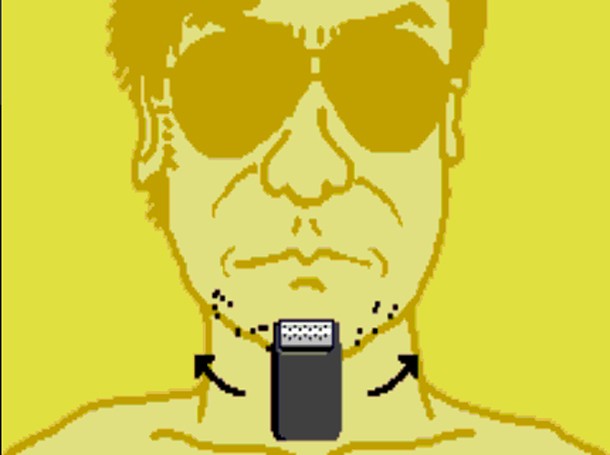
WarioWare: Twisted (Game Boy Advance)
The WarioWare series is known for its random insanity, and its minigame-focused gameplay fired on all cylinders with this early take on motion control. With a gyro sensor inside the game cartridge itself, players could shave cartoon beards, make Mario dodge Bullet Bills, and cross rickety bridges simply by turning the Game Boy Advance itself. It may rely on a gimmick, but it’s a gimmick that’s fun and fits the franchise perfectly.










